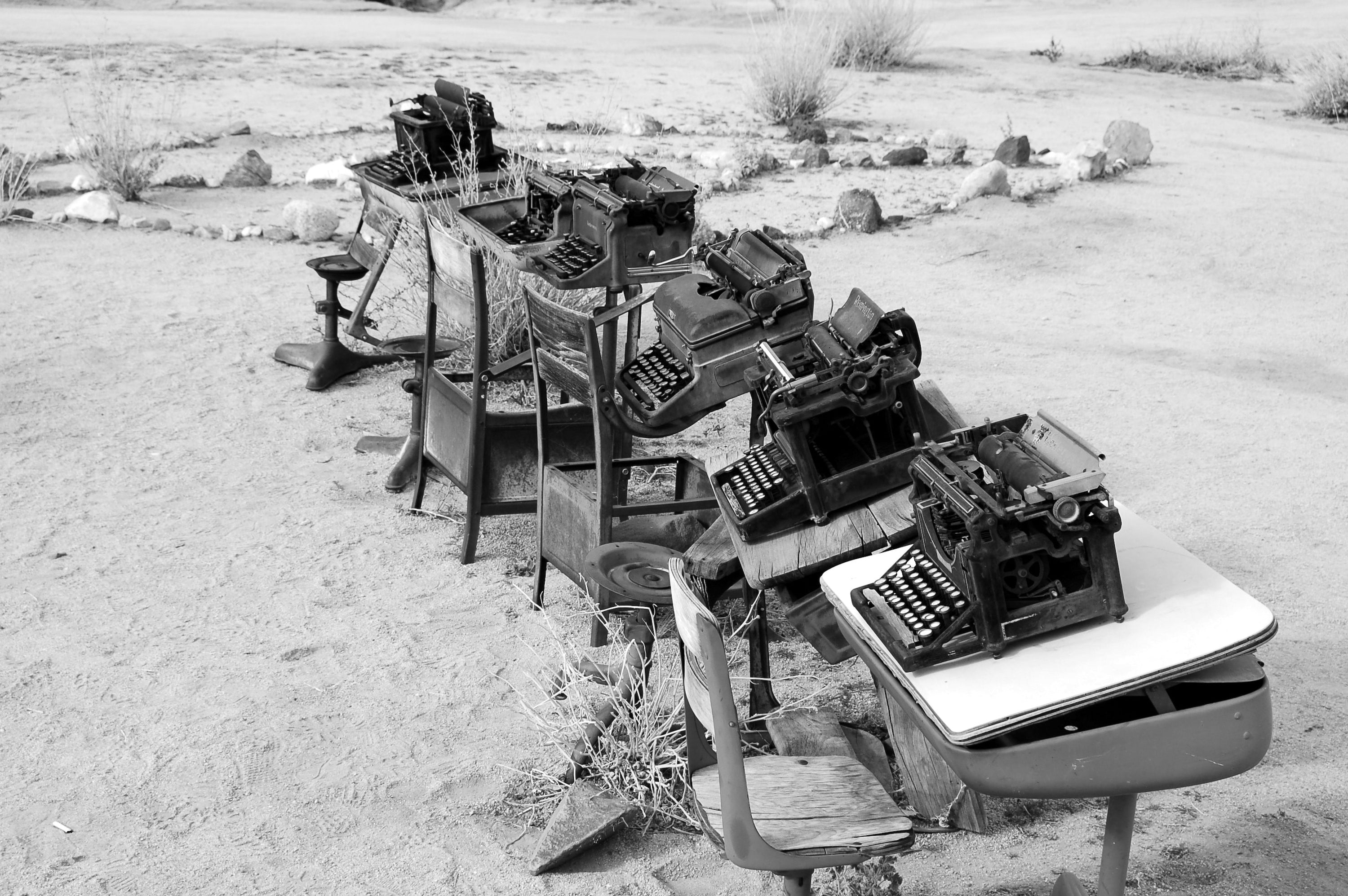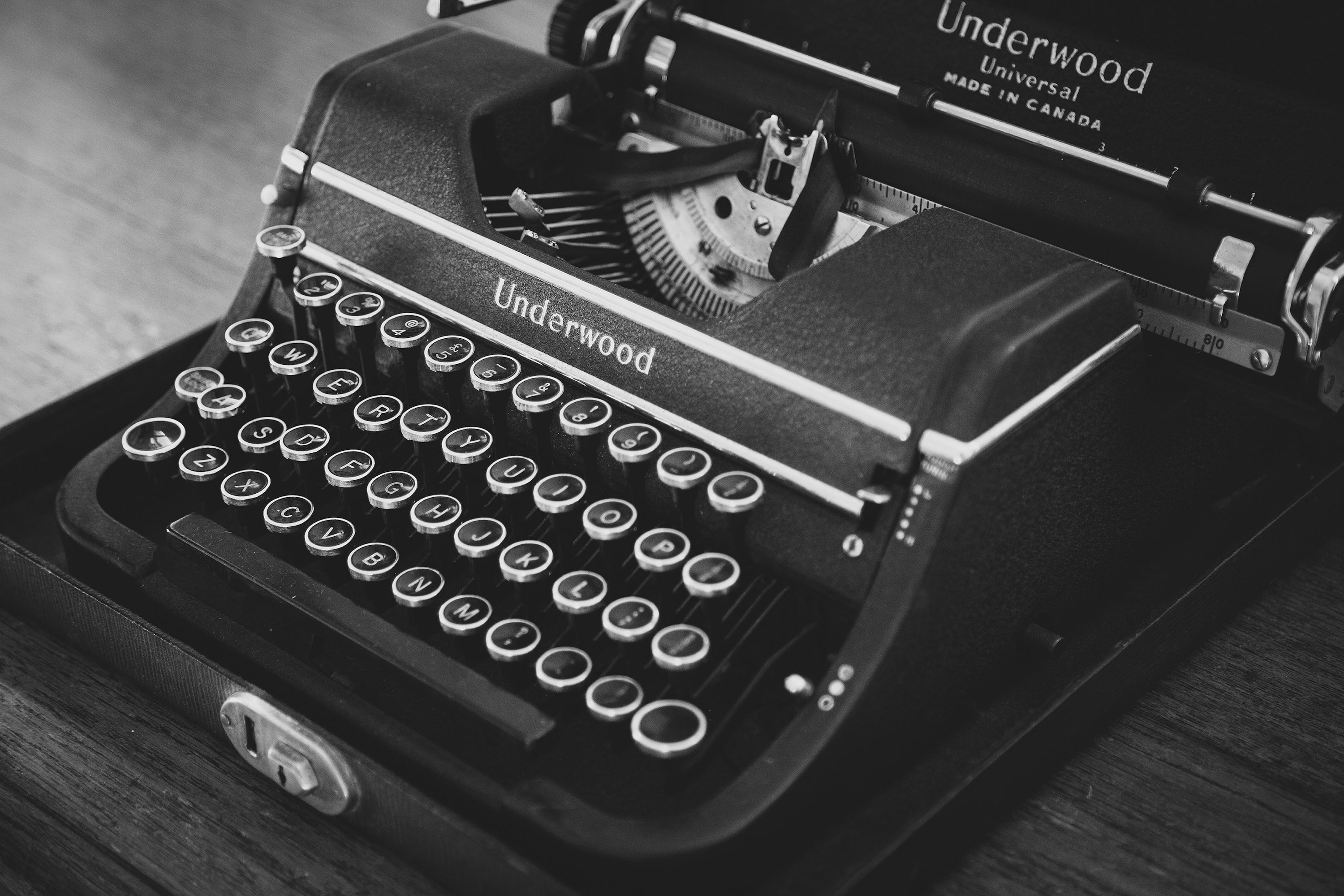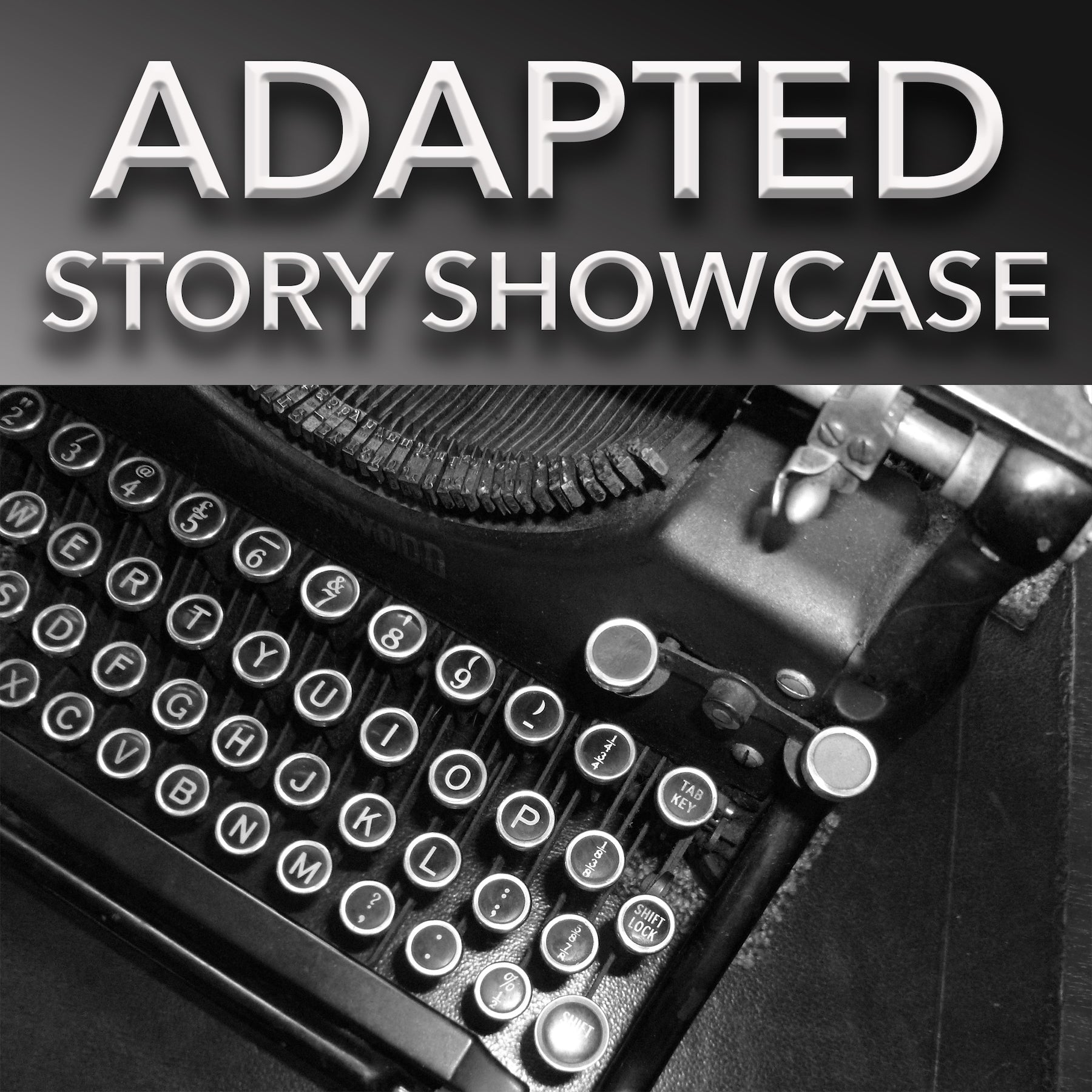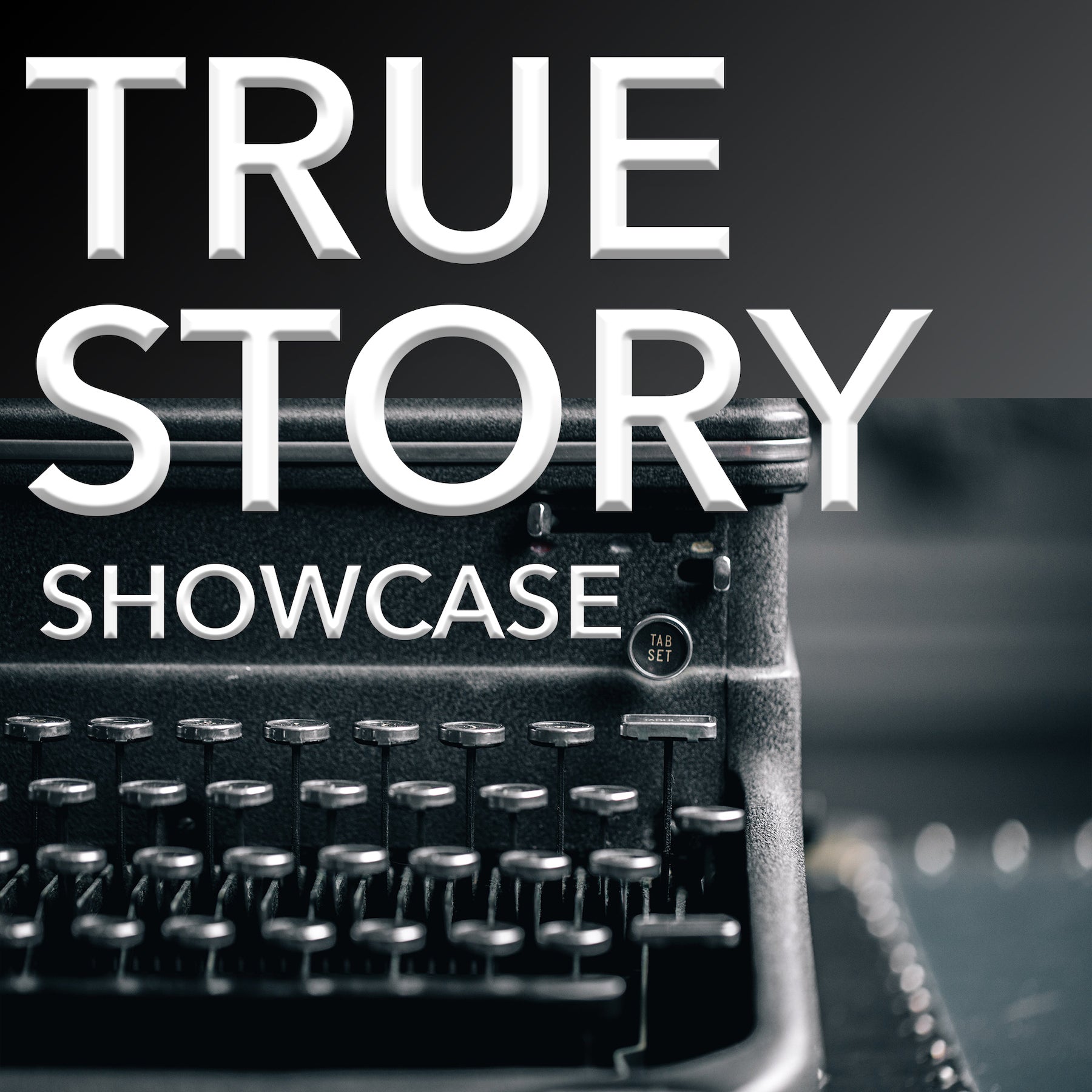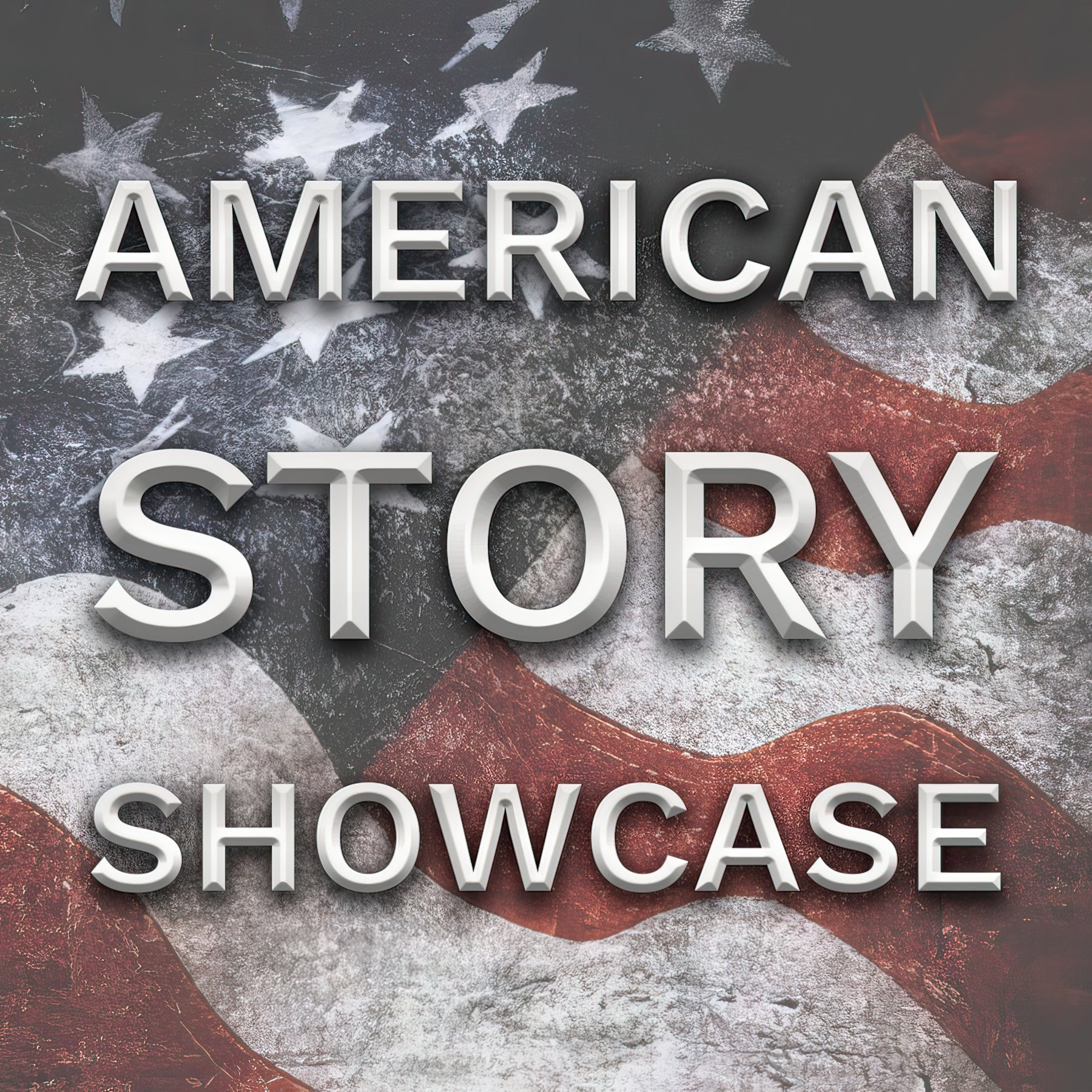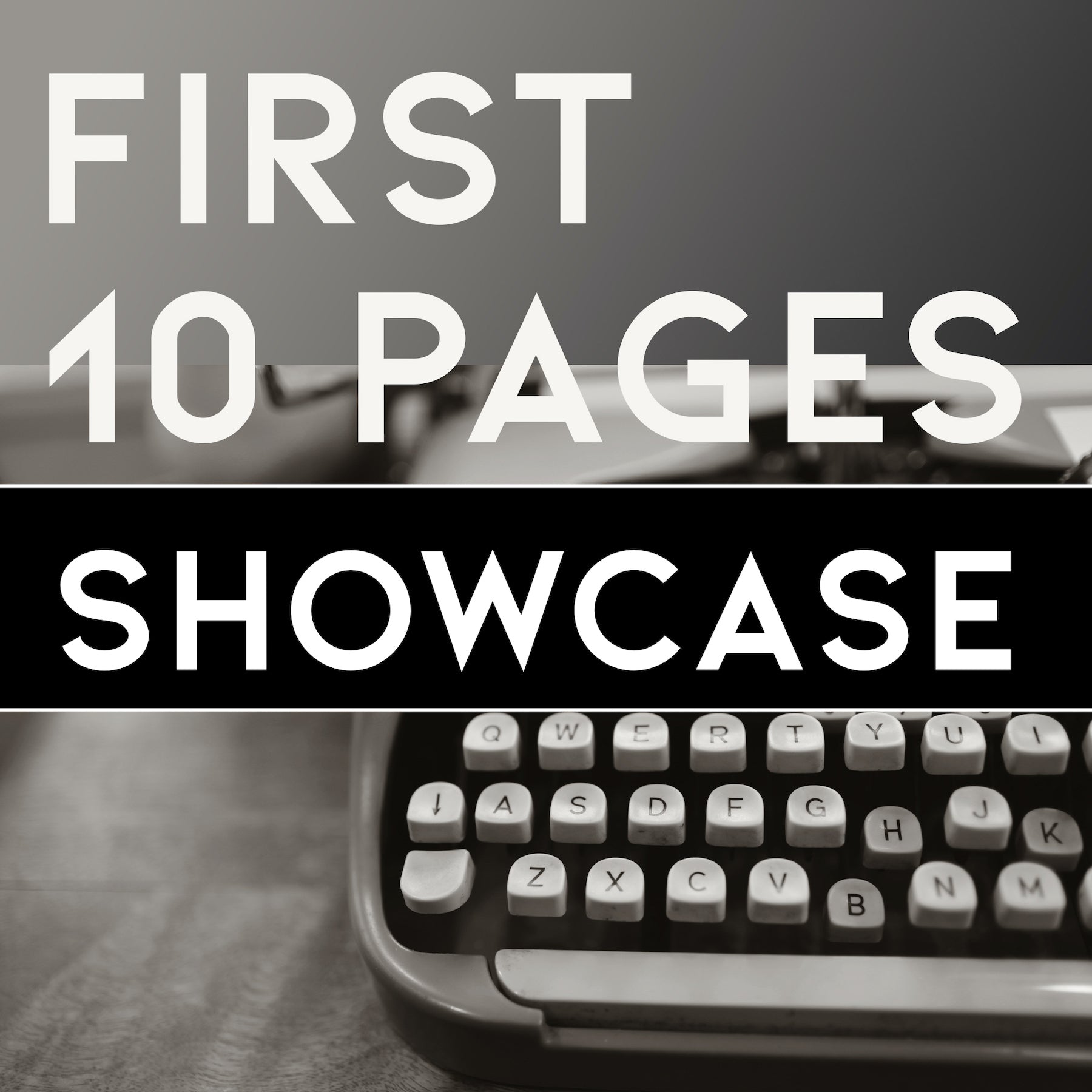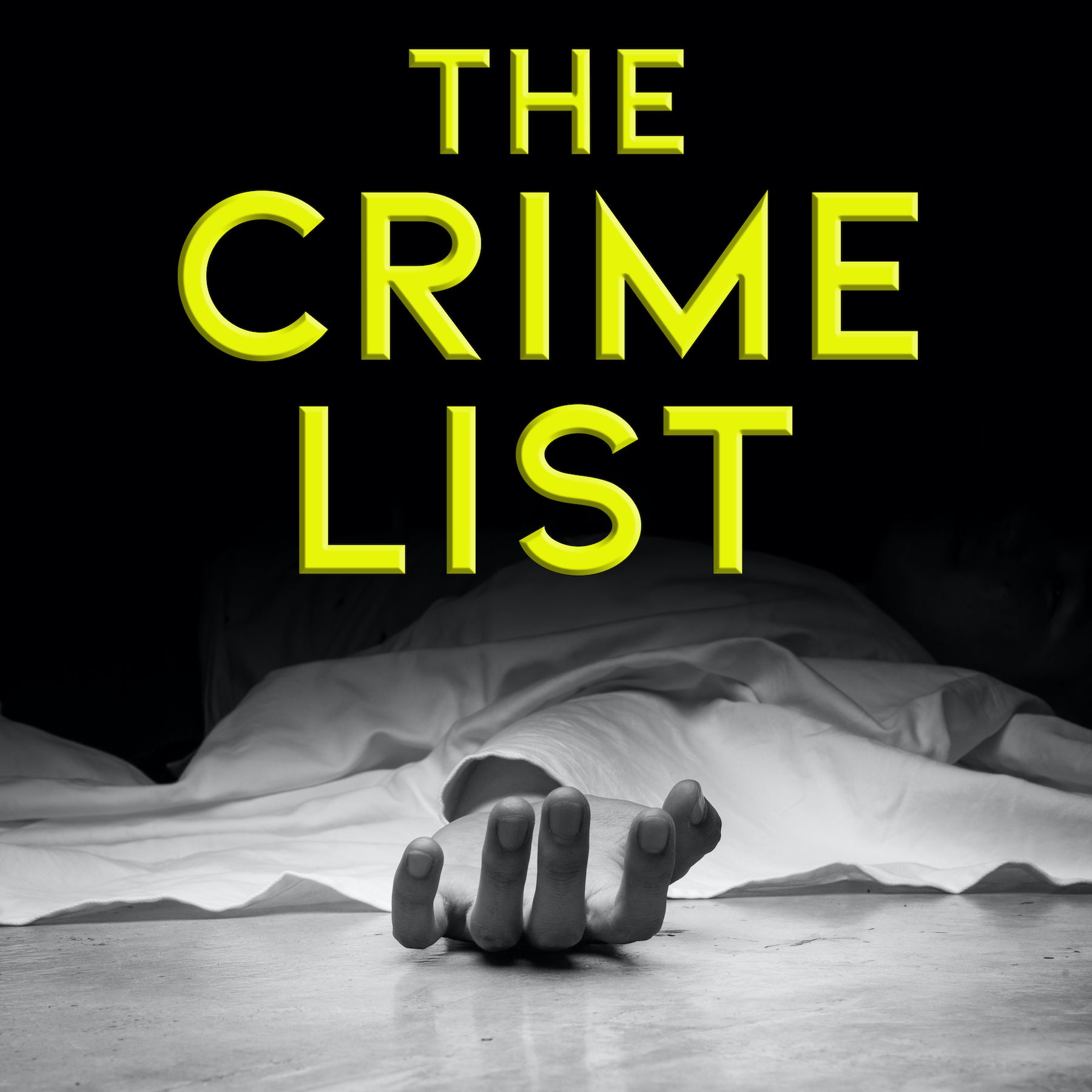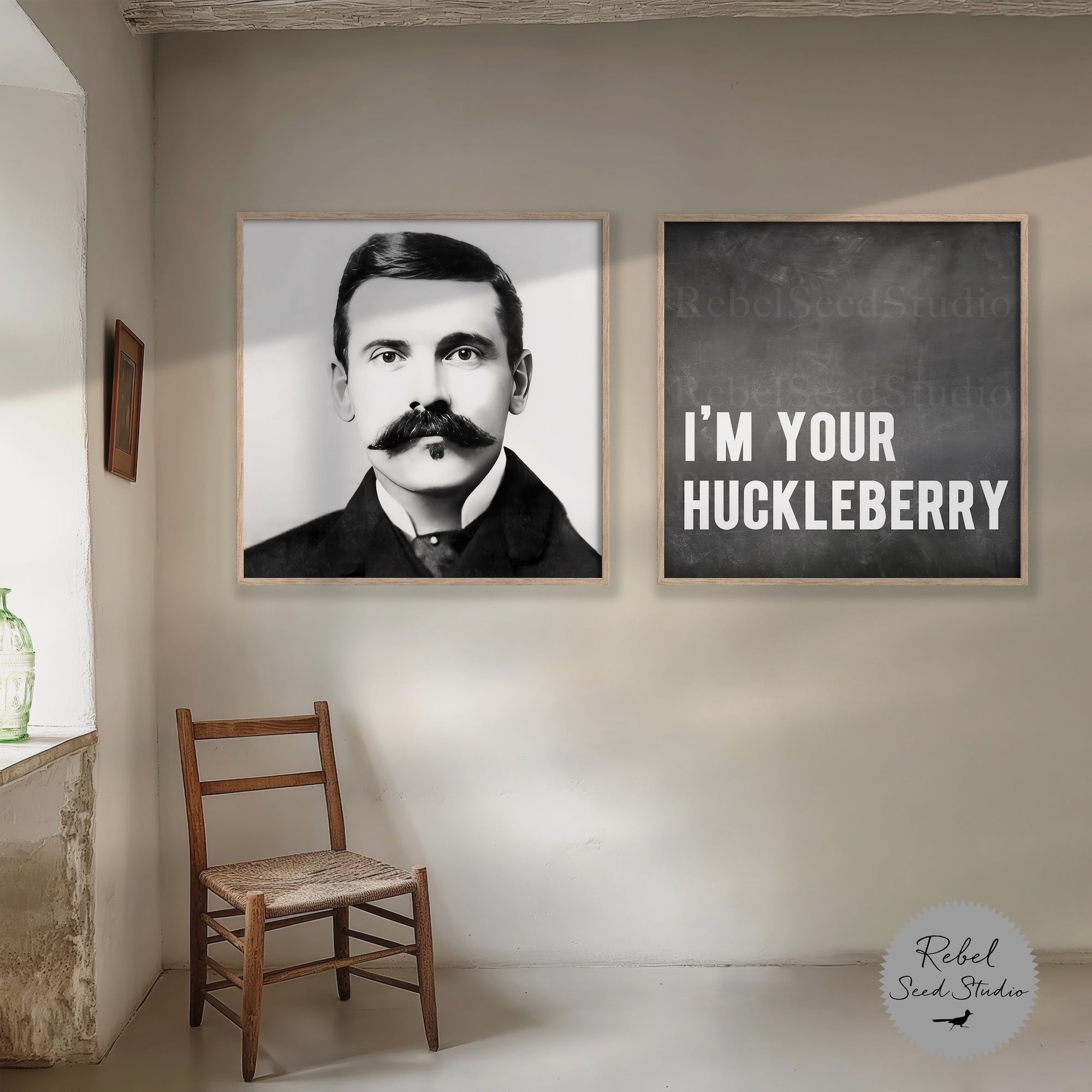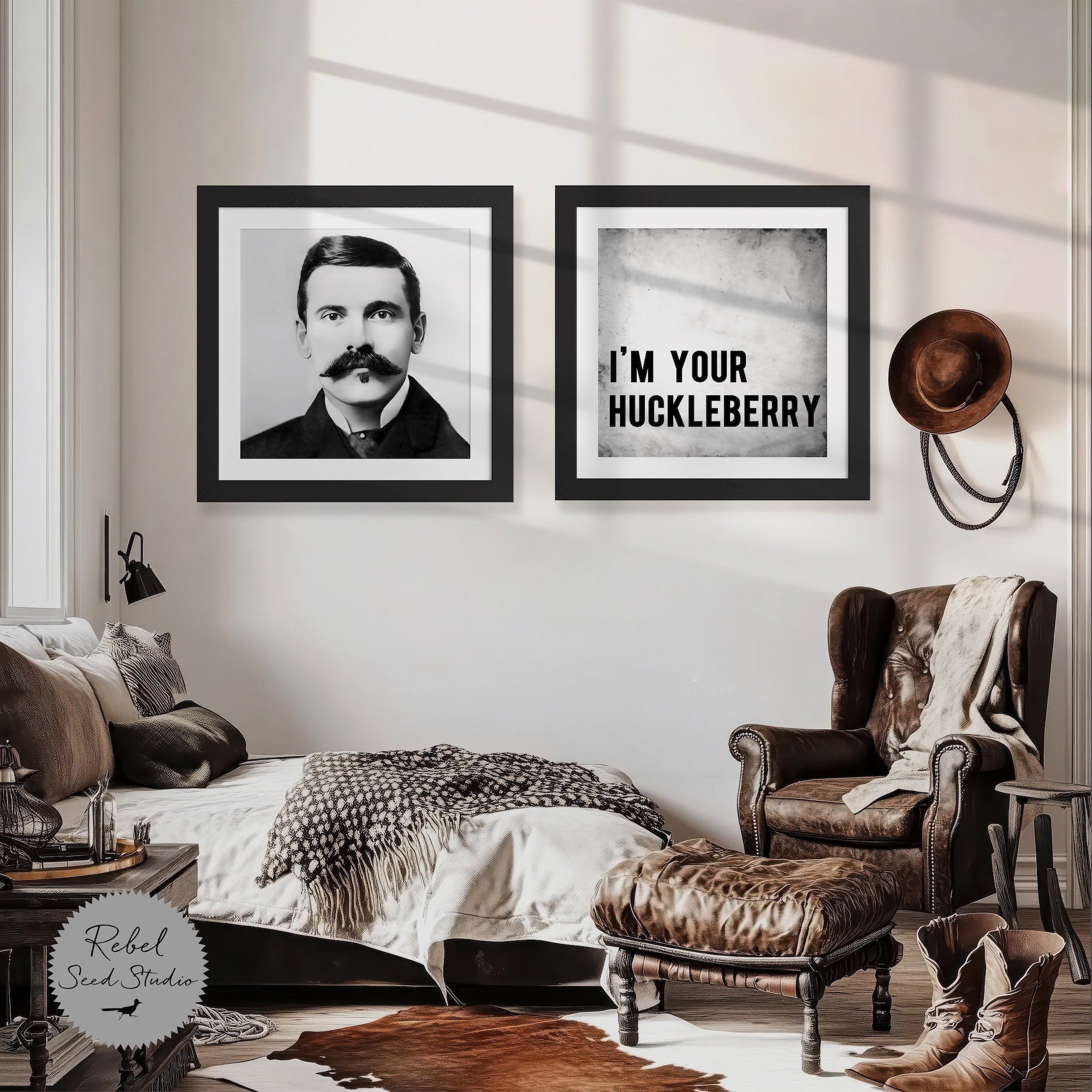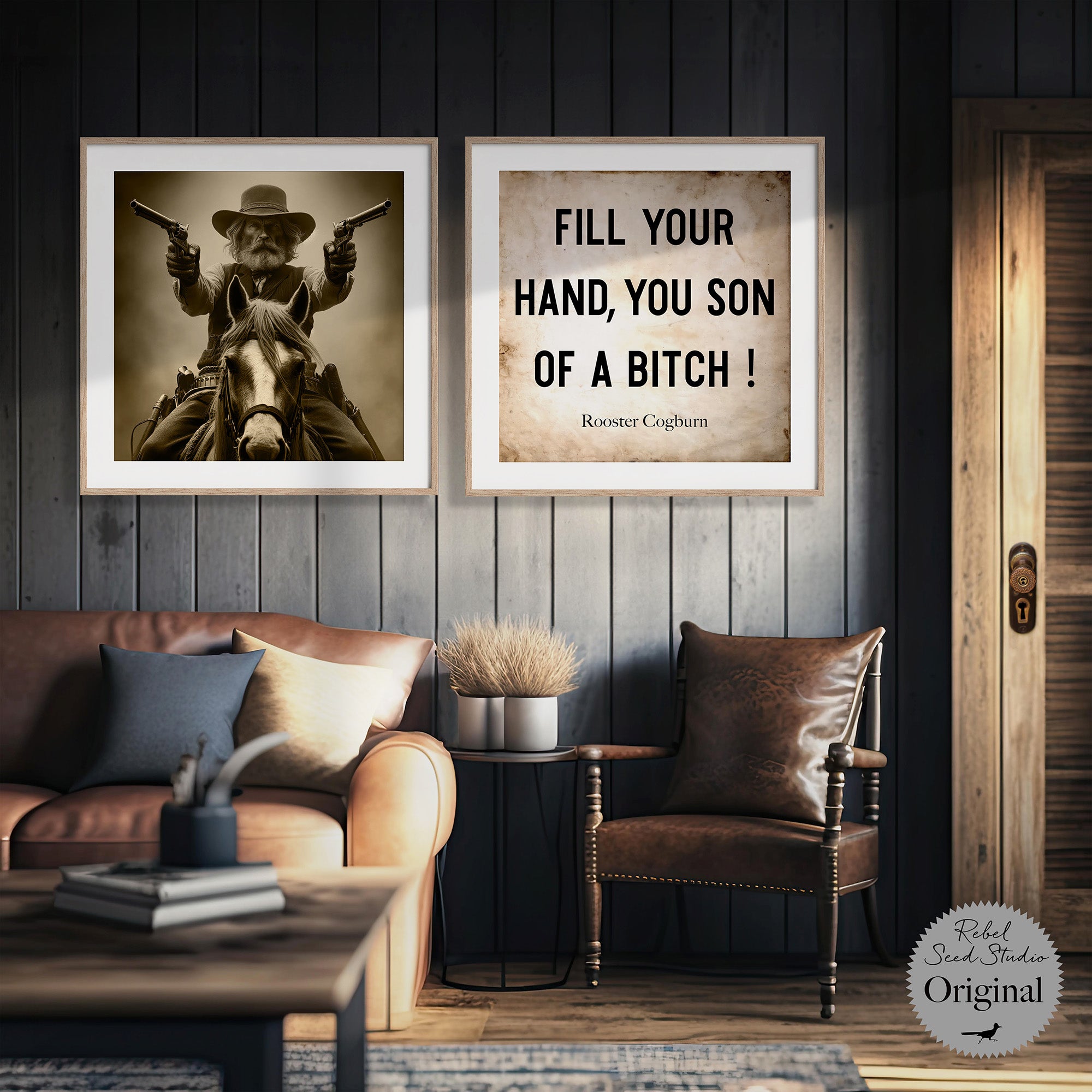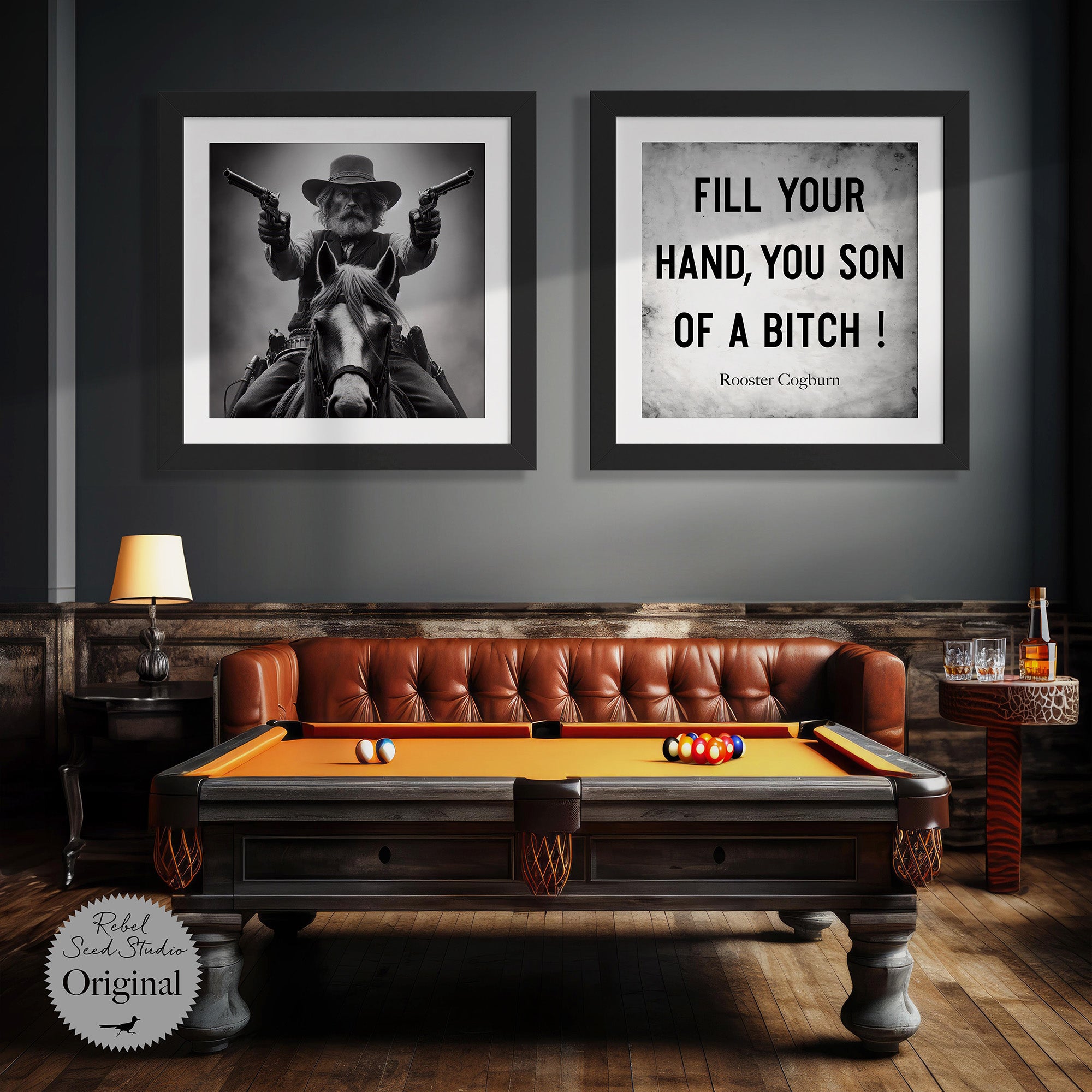
Screenwriting Guide 1: Starting Your Script
Contents
How to Select an Idea to Develop into a Script
Screenplay Structure: How to Create Your Story Blueprint
Writing the Screenplay Outline
How to Use Scene Cards as a Story Map Tool
Character, Plot and Theme: The Components That Drive Your Screenplay Story
3 Steps for Delivering Genre Expectations
The First 10 Pages of Your Screenplay: How to Effectively Enter the Story
Avoid These 10 Common Screenplay Mistakes
How to Select an Idea to Develop into a Script
Compelling Ideas
What does “Hollywood” want in a story? A compelling concept with emotional impact. Appealing ideas have two components:
- A unique hook.
- A promise of conflict.
A unique hook (or gimmick or twist) transports the viewer to new worlds and experiences – the adventures of a fighter pilot-in-training (Top Gun), the exploits of a group of unemployed men learning to strip (The Full Monty), two female friends on a road trip trying to outrun the law (Thelma and Louise), three backpackers attempting to survive their trip to Slovakia (Hostel).
Conflict creates interest. A story without conflict is boring. Never bore your audience. Your script will be in the trash before the reader makes it through the first ten pages if you don’t engage him or her with rising tension.
Ideas That Sell
No one knows what’s going to sell. Who could have predicted a book about a young, impoverished man in India, who becomes a contestant on “Who Wants to Be a Millionaire”, would be adapted into a film that not only won the hearts of mainstream movie-goers but the Academy Award for Best Picture? In the famous words of screenwriter William Goldman, “Nobody knows anything”. You don’t need to try to write the next Slumdog Millionaire or the next Deadpool or the next current-hottest-thing, instead:
- Write what you’re passionate about. If you don’t care about your subject, who will?
- Say what you gotta say. Whether you’re writing a zombie-horror-buddy-comedy film or a historical drama-musical, have something to say. Every film (no matter the genre) has an underlying philosophy – “good conquers evil”, “love is all you need”, “there’s no place like home”. When you convey a universal theme, it resonates with the audience.
-
Write what you know… sort of. John Grisham, an ex-attorney, writes legal thrillers. Michael Crichton was a physician who often wrote about biotechnology. Oliver Stone, a Vietnam vet, wrote about war in the film Platoon. Writing what you know makes sense, and can add a compelling component to your screenplay, when you can authentically include elements of a “world” unknown to most viewers. But if all you write about is what you know, you’re limiting your growth as a writer. (And a writer can research any unknown world and sound authentic, anyway).
The first script I wrote was an adaptation of a true-crime story revolving around the world of hitmen and an innocent” witness. What did I know about the mafia (other than The Godfather and a plethora of Martin Scorcese films), or what it felt like to kill someone or to spend years in prison or on-the-run in the witness protection program? What I did understand was courage, fear, responsibility, honesty, the toll of doing “the right thing”, and family love; all relatable, universal elements and feelings that allow an audience to connect with the story. In the end, I wrote what I knew… sort of.
Selecting an Idea
To select an idea, ask yourself:
- Am I passionate about the story?
- What do I want to “say”? What is my philosophy? What is the universal theme I wish to convey?
- Does the story have a unique hook?
- What is the promise of conflict inherent in the story?
Next, before you run off to your keyboard and spend the next two to three months writing your screenplay masterpiece, make sure your film idea is fully developed and viable. Ask yourself:
- Do I have “enough” story to fill up a full 90 to 120-minute film?
- Does my story have a beginning, middle, and end (the blueprint of a First, Second, and Third Act)?
- Who is the main character?
- What does he or she want to achieve?
- What obstacles are preventing the protagonist from achieving his or her goal?
- Do I have an inciting incident, turning points, and a resolution?
- Do I have supporting characters and subplots?
- By the end of the story, how have my characters changed?
- What elements of the story will attract an audience?
Screenplay Structure: How to Create Your Story Blueprint
Structure is Form
The structure of your screenplay is like the foundation of a house. It must be constructed with the right material in the correct order, strong enough to support all the necessary components of your script.
There is no paint-by-numbers, correct formula to create the perfect screenplay structure. One size does not fit all in screenplay writing. No structural model will be the right system for every movie.
But your script must have structure. Without structure, your story will collapse. Regardless of what structural model you use, your story, like all compelling stories, must:
- Have a beginning, middle, and end (regardless of the chronological order of events).
- Create a situation, add complications, and provide a conclusion.
The 3-Act Structure
Most successful screenwriters use a version of the three-act structure to create their story. First presented by Aristotle, the three-act structure has influenced drama for hundreds of years and is alive-and-kicking today. It is the most popular dramatic model. If you analyze a few of your favorite films, you’ll most likely find the three-act structure in action. Let’s take a look at the three divisions of the three-act structure.
Act I sets up the situation. The protagonist lives his “normal” life (which is defined by the individual story), but he has a fatal flaw. One day, there is a reversal of fortune brought on by his fatal flaw. His ‘normal’ life is disrupted by an incredible event that sends him on a journey.
Act II creates complications. Obstacles make it difficult for the protagonist to achieve his goal, which is solving the problem and righting the reversal. Eventually the protagonist finds enlightenment and learns how to fix the problem (often the protagonist is transformed, perhaps even altering his goal) but it’s too late – a catastrophic event keeps him from his goal. All appears to be lost.
Act III provides the conclusion. A second reversal occurs (often with help from an ally) which results in catharsis and the story is resolved.
This is a brief definition of the three acts. Let's examine the elements contained in each act that will help you build your structure.
Create Your Story Blueprint
Create your story blueprint by noting each point of your plot that fits into the following structural elements. What event in your plot is the Point of Attack? What event is the Inciting Incident? What is your Crisis event? When you understand which event (or plot point) makes up each element, you have created the structure of your screenplay. You now have a clear road map to keep your writing on course and make sure your script arrives at the correct destination.

ACT I – THE SITUATION
The First Act is the set up where you will introduce the Protagonist/Hero (and reveal his fatal flaw) and the Antagonist/Villain, and poses the dramatic question. The inciting incident (what happens to your protagonist) and the first turning point (what he decides to do) create a major dramatic question. A compelling dramatic question arouses curiosity and suspense and engages the audience to stick around and find out the answer. (Will Luke Skywalker join the rebel forces, save Princess Leia and defeat the evil Empire?)
Within the first 30 pages of your script you will also convey the period (contemporary/past), the arena (where the story takes place) and often the “normal” balance of the protagonist’s life. Other important elements you need to establish are the tone, genre, and theme.
Point of Attack
The Point of Attack is where you choose to start the story on Page 1! It can be an unusual event, special occasion or a crisis. It should be intriguing enough to hook the viewer. The Godfather begins with a wedding. Star Wars launches with the rebel forces under attack from the evil Empire and Princess Leia sending a desperate message for help.
Inciting Incident | Catalyst
The Inciting Incident is the single event that sets the story in motion and forces the protagonist to act. It can occur anywhere in the first act and may be the same as the Point of Attack or the First Turning Point.
Call to Action (& Debate)
The First Act has set up a main character and a problem. The question becomes, “What is at stake and what will the protagonist do about it?” The hero has a dilemma - a difficult choice to make. The pros and cons, risks and rewards are presented. Will he answer the call to action? Obi Wan Kenobi implores Luke to join him in the resistance. Luke is compelled by Princess Leia’s holographic plea for help but he has too many responsibilities at home and refuses the call to action. (Luke is a “Reluctant Hero” – until he returns home to find his family slaughtered by storm troopers and vows to learn the ways of the Force with Obi Wan as his mentor.)
First Turning Point | Plot Point 1
The First Turning Point occurs at the Act break. After this beat, the Hero is thrust into a world that is new, risky, strange and in every way different from the status quo established in the first few pages. Luke leaves his ordinary world behind – and is thrust into a dangerous situation at the Mos Eisley Cantina – full of alien creatures deadly bounty hunters, and storm troopers – to join forces with a ‘wanted’ smuggler/pilot, Han Solo, and his Wookie co-pilot.
ACT II – COMPLICATIONS AND OBSTACLES
Act II is full of complications and obstacles - constantly testing the hero and raising the stakes. Act II also sees the subplot, or subplots, deepening. A subplot involves secondary characters with concerns outside the main dramatic question. The subplot eventually intersects with the main plot in a way that affects the protagonist and reinforces the theme and premise.
Success & Failure | First Attempt to Solve the Problem
The Hero has a problem and he needs to solve it to achieve his goal. Whatever the problem is, he will attempt to solve it by the easiest and most direct route possible – and he will FAIL. This beat is about proving the problem can’t be solved by a simple logical method. It is a set up for the ensuing complications and obstacles.
Success & Failure | Complications Ensue
There is no easy solution. The first attempt to solve the problem only results in making the problem worse. (In North by Northwest, Thornhill goes to the UN to try to solve the mystery of his abduction - he becomes indirectly involved in, and falsely accused of, the murder of a dignitary. Now, he’s wanted by the police!)
Midpoint
The protagonist has suffered innumerable obstacles, conflicts, and complications in his quest to achieve his goal. The action continues to escalate, raising the stakes and increasing dramatic tension. There may be some successes, but they are always undone. The protagonist’s ‘world’ is unstable. By the MidPoint (or the point of no return), the Hero has moved from a passive to a more active relationship with the antagonist. The Hero is on the offensive and attempting to take charge of the situation. (In some stories, the MidPoint may represent a short-lived victory for the protagonist.)
Descent | The Villain is More Powerful than the Hero
The hero fights the good fight for his or her goal, but the antagonist is always more powerful (mentally, physically, or psychologically). Even in an internal conflict story, the antagonistic ‘forces’ will overpower the protagonist during this beat.
Crisis Point | Second Turning Point | Plot Point 2
The Second Turning Point and Crisis is perhaps the most identifiable and structurally important beats in the story (sometimes they are the same beat, sometimes they are separate beats). The Second Turning Point is where the worst thing that could possibly happen to the hero, happens, and he experiences a major setback. This occurs at the act break at the end of Act II and launches the story into Act III. It is the darkest moment when all hope seems lost.
The Crisis is where the Hero faces the ultimate emotional challenge. It is a decisive moment of the greatest magnitude. When all seems lost, will the hero have the strength to carry on? It’s a point of no return - where the Hero must find the resolve within him and risk everything to reach his goal. (The personal Crisis sometimes occurs early in Act III).
In some stories, the end of Act II also presents the answer to the dramatic question (the mystery is solved, the killer is caught, the conspiracy is unraveled.) In Se7en, at the end of Act II, the serial killer turns himself in at the police station. The dramatic question - “Will the detectives stop the serial killer?” - is answered. However, even though the dramatic question is answered, the story does not end here.
ACT III – THE CONCLUSION
Act III is the conclusion of the story. All sub-plots and loose ends are tied up. The story is resolved in such a way that is surprising yet inevitable, and above all, satisfying for the audience.
Reflection & Enlightenment
As the MidPoint so often represents a short-lived victory for the Hero, the end of Act II often represents a short-lived defeat. Enlightenment occurs at the beginning of Act III. It is where the protagonist finally understands how to defeat the antagonist. The goal is again possible. A good enlightenment should be something the protagonist (and the audience) could not have understood before enduring the conflicts and trials of Act II.
Run Up to the Climax
Now that the Hero is enlightened, he is renewed and ready to defeat the antagonist and achieve his goal. There’s no room for exposition or explanation in this section – the Hero must act or lose everything! The protagonist has figured out how to solve the problem and is now racing to prevent a catastrophe (whether internal or external).
Climax | Final Confrontation
The Climax is the final obstacle. It is the “Obligatory Scene,” where the Hero confronts the Antagonist in a final struggle. If the dramatic question was not answered at the end of Act II, then it is answered here.
Resolution | Denouement
After the Climax, there is a moment of catharsis and order is restored to world of the protagonist. This is the Resolution or Denouement and occurs in the last few pages of the script (or the last page of a script). An effective story needs only a brief resolution to end the screenplay - all the vital questions should already be answered by the culmination of the climax.
View Story Structure/Breakdowns:
3:10 to Yuma (Western)
Backdraft (Crime/Thriller)
Black Hawk Down (War/Action)
Con Air (Action/Comedy)
Die Hard (Action)
Gallipoli (War/Coming-of-Age)
Let Him Go (Crime/Drama)
Outlander (Historical/Romance/Time-Travel)
The Assassination of Jesse James by the Coward Robert Ford (Western)
The Gauntlet (Crime/Action)
The Gentlemen (Crime/Comedy)
The Proposition (Western)
Writing the Screenplay Outline
Successful screenwriters understand the power and necessity of creating an outline prior to writing “Fade In”. New writers may overlook this critical step in the screenwriting process believing the “story will take them where it’s meant to go” or the characters “will reveal themselves and their dilemmas” once they begin writing.
Can a writer create a successful screenplay without outlining first? Of course, it can be done. However, it benefits you, and more importantly your script, if you know the story’s final destination before writing page one. An outline will help you create a strong structure and keep you on-course while writing the first draft. That doesn’t mean that your outline is engraved in stone – ideas usually continue to develop well into the writing process, resulting in the addition of scenes, characters, and subplots that didn’t exist in the original outline.
Outlines vary in length from two pages to more than 50 (most average between 6 to 12 pages), and usually list each scene with a description. The outline may also take the form of a “beat sheet”. The outline is a mapping tool to guide you, so include as much or as little detail as you need to create the first draft.
Most screenwriting software programs offer outlining options – Movie Magic Screenwriter and Final Draft among them – but for a basic outline, word processing software (such as Microsoft Word) works well.
Download a sample screenplay outline & complete script for the movieTwins.
How to Use Scene Cards as a Story Map Tool
Scene cards are a great way to visualize your story or script before writing it. Many writers swear by this technique. Scene cards are similar to an outline or beat sheet – only on index cards Most professional screenwriting software programs, such as Movie Magic Screenwriter and Final Draft, have a built-in scene card function you can use to create your index cards.
What is the Purpose of Scene Cards?
Scene cards are an organizational tool to guide you in creating the best possible scenes and storyline for your screenplay. To get the most use out of your scene cards they should answer the following questions:
- Does the scene location work for the story?
- Does the scene have action?
- Does the scene have conflict?
- Does the scene advance the dramatic arc of the story?
- Does the scene fit into a sequence?
- Does the scene include the necessary characters?
Placed together on a board, your scene cards will also help you:
- Quickly pinpoint, and “see”, where your major elements are “falling” or appearing in your screenplay.
- Determine where more scenes are required and less are needed (for example, is Act II too “light” with scenes and Act III too “heavy”?)
- See where storylines are intercepting, character arcs are “hitting”, and the effectiveness of your setup and payoff placement.
What is Included on Each Scene Card?
- The scene slugline (INT. CAFÉ – DAY).
- Characters who appear in the scene.
- The significant event or action that occurs in the scene.
- The basic conflicts of the scene (who is in conflict, what does that person want at the beginning of the scene, what is the outcome at the end of the scene).
You might also include the intended emotional impact the scene has on the audience (fear, curiosity, laughter) and the major elements (Inciting Incident, Climax, MidPoint, etc.) on the cards where those specific events occur.
Some writers choose to color-code their scene cards, denoting everything from story points that convey theme, represent character arcs and B and C story lines, and highlight recurring symbols.
Include whichever elements will make it easier for you to visualize and write your script.
Creating Physical Index Cards
If you want to try this method, here’s what you need to do:
- Get yourself a bunch of index cards, push-pins, some narrow masking tape, markers, and an extra-large corkboard.
- Hang your corkboard on the wall and use the masking tape to divide the corkboard into four equal rows. The four rows represent: Act I, First Half of Act II, Second Half of Act II, and Act III.
- Use the index cards to write out each scene of your script, using as much or as little information as you wish to suit your specific writing needs.
- Place the index cards in the appropriate row and location on the cork board.
- Stand back, take in your masterpiece and determine if everything is in the right place.
Character, Plot and Theme: The Components That Drive Your Screenplay Story
What’s “driving” your screenplay? And why do you need to know?
Understanding what drives your script helps you determine the essential foundation of your story (or throughline) and allows you to strengthen the script by incorporating elements (scenes, sequences, and characters) that “serve” your story.
There are three-types of stories:
- Character-Driven
- Plot-Driven (also called Premise-Driven)
- Theme-Driven
Story Type 1: Character-Driven Stories
Character-Driven stories are essentially about the transformation of a character or a group of characters. The natural throughline (or organizing principle) is the character arc of one or more of your characters. Juno is a character-driven film. There’s a theme and a premise, but the engine of the movie is Juno’s realization (transformation) that she’s not as mature as she thought, adults aren’t necessarily any more mature than teenagers, her parents are pretty wise and cool after all and, she’s actually in love with her best friend, her baby’s daddy, Paulie Bleeker. If your script is character-driven your protagonist needs to have a compelling transformation.
Story Type 2: Plot-Driven Stories (Premise-Driven Stories)
Most action-adventure films are all about the premise. Sometimes they have a vague underlining theme but few action protagonists experience any type of character transformation. If your script is plot-driven, you’ll need to have an exceptional premise - think Aliens, Ocean’s Eleven, Terminator, Jurassic Park, and Die Hard. An amusement park with dinosaurs– that start killing the tourists! The most incredible Las Vegas casino heist ever – with escalating obstacles, complications, and life or death stakes!
Story Type 3: Theme-Driven Stories
Theme-driven stories are the most challenging to pull-off successfully without sounding like you’re giving a lecture. In a theme-driven film, the premise and characters are secondary to the message the screenwriter wants to convey. If your script is primarily thematic, you must select elements that best illustrate your message but that also work on their own terms. One such successful story is the Oscar-winning western, Unforgiven.
The film Unforgiven has wonderful characters and a compelling plot, but every element in the script serves its central theme, which is: violence doesn’t solve anything and actually makes things worse (in other words, violence begets violence). All of the elements in the film are carefully chosen to illustrate that point - the sheriff whose methods of “keeping the peace” are often more vicious than the crimes he prevents, the “eye-for-an-eye” vengeance that leads to suffering rather than justice, and the horror of a wanna-be gunslinger when he’s faced with the reality of actually killing a man.
Every good screenplay incorporates all three of these elements: character, plot and theme - but one element will always dominate the script to “drive” the story forward. What is driving your story, and how will you use that knowledge to enhance and serve your screenplay?
Your Screenplay Story’s Theme
A film takes viewers on a journey through a story and into the world of ideas, connecting us on a deeper level to our own lives. Regardless of genre, a great movie “speaks” to us and creates an emotional impact through plot, character and conflict that revolves around the exploration of a theme.
Almost all films have a theme - some simple (Star Wars), some complex (Schindler’s List), and some just ‘tacked-on’ (Transformers) with little to no role in serving the story. Even farcical comedies, such as Mel Brooks’ Blazing Saddles, which is a concept or premise-driven film (the concept being a parody of Westerns), incorporates a theme (the issue of tolerance).
Theme answers the question, “What is this story really about?” or, in other words, “What’s the purpose of this story?”
Little Miss Sunshine: What it means to be a winner or loser in life.
American Beauty: What it means to live a full and authentic life.
The Cider House Rules: Finding one’s place in the world.
As writers, the more we can understand about our own lives, the better we can create stories that resonate. A great script begins with a writer who is clear about the theme he or she wants to explore and finds ways to express those ideas in the story through scenes, characters, dialogue, conflict, and images.
Hope is the theme of the film The Shawshank Redemption. Writer Frank Darabont deftly weaves this theme throughout the script with scenes that reflect hope: the building of the prison library, Andy Dufresne locking himself in the warden’s office and playing operatic music over the loud speaker for the prisoners to hear, and Andy arranging for a group of prisoners to enjoy cold beers while working on the rooftop. Darabont also expresses the theme through images and dialogue, such as in the final scene of the film:
RED (V.O.)
I hope I can make it across the border.
I hope to see my friend and shake his hand.
I hope the Pacific is as blue as it has been in my dreams.
(beat)
I hope.
At the other end of the theme idea spectrum is the film Unforgiven, which focuses on the hopelessness of the human condition, exploring the issue of violence. Screenwriter David Webb Peoples chooses elements that best serve the theme, revealing why people may desire violence (as retribution for a horrendous crime against a powerless victim who is denied justice), but ultimately illustrating that violence only begets more violence and makes matters worse: Davey and Quick Mike’s murders do not provide any satisfaction for Delilah or change the fact that she is maimed, Sheriff Little Bill uses violence to keep the peace in the town (and is eventually killed), the Schofield Kid romanticizes the notion of violence but becomes physically ill when he witnesses the real thing.
Every character in the film, save for the Schofield Kid, is worse off at the end of the story then when it began. At the beginning of the film the protagonist William Munny is a reformed and redeemed gunslinger (who can no longer even shoot straight), a tea-totaler, and a responsible father. By the end of the story, Munny is a falling-down drunk alcoholic and mass murderer who shoots with deadly accuracy; no longer redeemed, he is far from being “forgiven”.
What is the theme of your story? What is it that you want to “say”? How will you weave the theme through the screenplay and convey it every scene?
3 Steps for Delivering Genre Expectations
Genre (noun); a loose set of criteria for a category of composition.
All successful scripts evoke an emotional response from the reader. Your screenplay’s genre helps inform a potential reader what to expect emotionally and structurally. Genre, then, creates a set of expectations and it’s your job as the writer to know what those expectations are and deliver them in a familiar but unique way. Successful genre writing is not about clichés and formulaic choices – it is about understanding what makes a particular genre satisfying to the viewer.
If you’re writing a thriller, your script will have specific thriller elements: a fast pace, plenty of action, a resourceful hero, a villain-driven plot, suspense, red herrings, twists and cliffhangers. The reader expects to experience visceral thrills, tension, shock, fear, curiosity and surprise.
The most effective way to understand genre and expectations is to study genre in action. Here are 3 steps to delivering genre expectations:
- Select 10 films or scripts in the same genre as your current screenplay to view or read.
- Note the patterns between the films: specific elements, structure, and your emotional responses.
- Now compare the list with the elements in your own screenplay. Are you hitting all the expectations of your genre?
If your story mixes genres: comedy-drama (Juno), action/adventure-comedy (Beverly Hills Cop), science fiction-horror (Alien) – try to stay with the tone of the dominant genre to ensure your script is focused.
15 Elements of Action/Adventure Screenplays
Action-adventure scripts seem to always be in demand. They’re big business for Hollywood – making up the industries main tentpole films each year. Let’s look at some of the essential elements of the genre:
1. The “Big Idea” Premise
Action–adventure films are most often high-concept with a main storyline that involves the hero saving the world from destruction. More frequently action-adventure films have franchise/series potential.
2. The Hero is an “Average Guy” or “Larger than Life” Character
The Average Guy hero (John McClain in Die Hard, Neo in The Matrix) is an unwilling participant who gets himself into a predicament and is forced to take action. The “Larger than Life” hero (such as Batman) is already prepared to fight and save the day and doesn’t usually require any convincing to take action. Sometimes the Action-Adventure hero is an “anti-hero” character (such as Danny Ocean in Ocean’s 11.)
3. High Stakes
The stakes for the hero are often extremely high: the destruction of earth by an asteroid (Armageddon), the death of innocent hostages held in a skyscraper (Die Hard), the annihilation of entire planets by a space-station super-weapon (Star Wars).
4. Plot-Driven
Action-adventure films are plot-driven. The events that make up the story’s plot consist of the hero’s efforts to thwart the villain’s plan.
5. Present a “Good vs. Evil” Theme
The theme of action-adventure stories is basically “good vs. evil”. This theme is often narrowed and personalized based on the hero’s emotional stakes (for instance, Lethal Weapon’s narrowed theme focuses on the importance of family.) The hero almost always reflects and upholds the current morals of society.
6. A Title that Reflects the Action and Content of the Story
A vibrant title that evokes the action, adventure, and premise of the story is a key component to the genre. (Iron Man, Terminator, Lethal Weapon, Braveheart, Die Hard, Armageddon)
7. The Villain Has a Masterful Plan
The villain’s plan provides the catalyst for the hero’s adventure. The villain’s plan sets up the hero’s goal (which is to stop the villain’s plan.)
8. The Villain is More Powerful than the Hero
Creating a villain who is more powerful than the hero forces the protagonist to transform. In action-adventure films where the protagonist is a “Larger than Life” character, the hero often has a weakness the villain can exploit (such as kryptonite against Superman).
9. The Hero and The Villain Do Battle to the “Death”
Though the obligatory scene (the final battle between the protagonist and the antagonist) does not always involve the literal “death” of the villain, the hero always triumphs in some way – even if the hero dies in the battle.
10. Contains Plenty of Action Sequences
The core of an action-adventure film is of course, action: violence, car chases, gun battles, fistfights, explosions, martial arts, and foot pursuits. The average action-adventure film contains nine action sequences that put the hero in physical jeopardy.
11. Big Set Piece(s)
A set piece is a memorable scene that stands alone. In an action-adventure film the big set piece (or set pieces) is an organic extension of the action sequences, such as the train wreck in The Fugitive, the plane crash landing on the Vegas Strip in Con Air, and the famous car chase in the film Bullitt.
12. Snappy Dialogue
Most action-adventure films contain snappy dialogue, especially in stories where the hero has a buddy or ally or mentor to spar with. Another common dialogue element is the hero’s payback line delivered to the bad guy. (“Do you feel lucky? Well, do you punk?”)
13. A Ticking Clock Scenario
Many action-adventure films use a ticking-clock scenario, which creates urgency, heightens tension and increases suspense. Examples include the ticking bomb in Die Hard, the countdown for the ship to explode in Alien, the amount of time available to pull off the heist in Ocean’s 11, the countdown to the asteroid striking Earth in Armageddon, and the deadline for getting a prisoner on a train in 3:10 to Yuma.
14. Incorporates Mythical Story Structure
Campbell’s hero’s journey is often, though not always, used as the foundation for action-adventure films. Star Wars, The Matrix, and Lord of the Rings are a few examples to study.
15. Vertical, Active Writing
Vertical writing creates an immediate, active experience for the reader. Action expressed in few words moves faster. The action-adventure writer leaves plenty of white-space on the page by breaking long sentences or important moments of action into short phrases and presenting them as separate lines of description (instead of paragraphs.) Action scripts use tight writing full of sound elements (BOOM, CRASH, BANG) and active verbs - and avoid adjectives, which stall action.
The First 10 Pages of Your Screenplay: How to Effectively Enter the Story
The first 10 pages of a script are the most important – that’s the amount of time you have to convince a reader to continue reading your screenplay. If you haven’t presented an engaging and riveting story by then – chances are you’ve lost your reader. He’ll either be bored or confused, or both.
By the end of the first 10 pages, the reader should know what the story is about, who the lead character is, what his or her goal is, the initial obstacle to that goal, and what is at stake.
In the first 10 pages (roughly 10 minutes of film time) you want to introduce, in a clear and compelling way, specific story elements that will entice a reader to keep turning the page. Those essential elements include revealing, introducing, or addressing:
- The protagonist
- The antagonist
- The central conflict
- The stakes
- The setting or “world”
- The tone
An example is the first 10 pages of the screenplay for the film Terminator 2: Judgment Day. The script, written by James Cameron and William Wisher, hit all the “essential” elements within the first few opening scenes.
Pages 1 – 3:
- The central conflict and dramatic question are introduced.
- The stakes are revealed.
- The tone is set.
- The “world” is presented.
Pages 4 - 8:
- The antagonist, the T-1000, and the ally, the original Terminator, are introduced.
- The conflict increases.
- Additional information regarding the “world” is presented.
Pages 8 - 10
- The protagonist, John Connor, and an additional ally, his mother Sarah, are introduced.
- The conflict continues to rise.
3 Exercises to Help You Enter Your Story Effectively
Exercise 1: Read the opening scenes of your script and identify which essential elements are revealed in the first 10 pages or so - you don’t want to “force” your story, but obviously the more “essential” elements that are presented early in the script, the more likely the story will capture and hold a reader’s interest.
Exercise 2: Review the first 10 pages of your script and describe, page-by-page, what happens in the story. Is what happens in the first few scenes engaging? Is the presentation of what’s happening in these scenes arranged effectively to provide the most impact or could what’s happening be presented later in the story to allow for more essential elements to be revealed earlier?
Exercise 3: Read a few of your favorite scripts (or watch the films) to see how the screenwriters entered the story. Note which elements were presented in the first 10 pages and how they were revealed. Did the screenwriter do an effective job of hooking you within the first 10 minutes?
Avoid These 10 Common Screenplay Mistakes
The 10 most common mistakes new writers make:
- The protagonist lacks a clear goal.
- Incorrect formatting and too many camera directions.
- Poor grammar, punctuation, and spelling.
- No character transformation.
- All the characters sound alike (which happens to sound just like the writer’s “voice”).
- Not enough conflict and action.
- The stakes aren’t high enough.
- The scenes (and overall story) lack direction, they meander without purpose. The scenes don’t move the story forward.
- The story is derivative and predictable – everything presented has been done before and done better.
- Poor dialogue: on-the-nose, overly long passages, too much exposition.
Learn the craft of good screenwriting by reading successful scripts (try to read several each week), stay focused and on-track by writing from a detailed outline, and continue to edit, revise, and repeat.
Screenplay Formatting "Rules"
Ensuring your screenplay is professionally formatted is essential (especially when pitching your script to "Hollywood") if you want to avoid the rejection pile. Here are 10 tips to help you format your script correctly.
1. Read Screenplays
The best way to understand correct screenplay formatting is to read professional scripts.
2. Proofread and Edit
Typographical errors and poor grammar and punctuation are major no-no’s. Proofread and edit, then proofread and edit again.
3. The Title Page
The title page should be plain with no graphics, bound by two brass brads or Chicago screws, with the title typed in all caps, located 1/3 of the way down the page followed by “By” or “Original screenplay by” and the writer’s name. Contact information is inserted in the lower left or right corner of the page.
4. Margins & Font Specifications
- The body of the script should be Courier 12, Single Sided, Plain paper.
- Page numbers are placed in the upper right corner. The Title Page is not numbered. Page numbers are ½” from top and 1” in from the right side.
- Scene headings and description (action) is left justified to the left margin.
- Left Margin (“Gutter”) approx. 1½” (to allow for three-hole binding).
- Top, right and bottom margins = approx. 1”.
- Dialogue starts approx. 2½” to 3” from the left edge of the page and is always left justified. A dialogue “block” does not exceed 3 ½” in width.
- Parenthetical starts approx. 3” from left edge of page and does not exceed 2 ¼” in width before “wrapping.”
- Transitions start approx. 6¼” from left edge of the page, or just “outside” the dialogue block.
- Character names used to indicate dialogue are not centered, they are about 4-inches from the left side of the page.
5. Scene Header Format
- Scene headers or Sluglines are capitalized.
- If you use the same header twice, it should be identical throughout the script.
- Triple space between the end of a scene and the next slug line (scene heading).
- Do not widow a scene heading (do not break it at the bottom of a page).
6. Narrative Format
Narrative (also referred to as action or description) should be short paragraphs written in present tense. CHARACTER’S name is capitalized the first time the character is introduced. SOUNDS are also capitalized.
7. Dialogue Format
The use of “Cont’d” is optional when a character speaks over and over. If a page break interrupts dialogue, use “CONTINUED” or “MORE”. In dialogue, spell out times (five-thirty), personal titles (except Mr., Mrs., and Ms.) and one and two-digit numbers (three or more digits can be written numerically).
8. Use Parentheticals Sparingly
Parentheticals (wrylys) are placed below the character’s name before the dialogue. They should only be used for clarity, to indicate another language or as a beat, such as (On the phone).
9. Avoid Camera Directions
Avoid technical terms and camera directions such as WIDE SHOT, CLOSE UP, ANGLE, or INSERT. POV (P.O.V.) is acceptable. The use of “FADE IN:” on page one and “FADE OUT.” at the end of the script is still a standard convention.
10. Extra Tips
- Don’t break a sentence from one page to the next.
- Don’t over-use ellipsis (three dots) to indicate pauses.
- Scene numbers aren’t required in reading drafts.
- Don’t “cheat the page count” by adding extra space to increase your page count, or cram more on the page to decrease the count.
- Avoid excessive use of bold, underscore, and italics.
The Correct Use of an Ellipsis in a Screenplay
There are only two "correct" uses for an ellipsis in screenwriting:
1. To indicate that a character’s dialogue has trailed off
“Before you leave, I just want to say… “
2. To indicate that a character’s dialogue is mid-speech.
“… In other news, Mayor McDonald was re-elected today.”
The correct formatting for an ellipsis is three periods followed by a single space.
Using INSERT in Your Screenplay
INSERT is a shot heading that gives camera direction – indicating a close-up shot of a specific prop.
For example:
JANE
opens the gift box and removes a book
INSERT – BOOK
the cover reads “How to Lose 100 Pounds in 5 weeks”
BACK TO SCENE
Jane throws the book across the room.
It’s always best to avoid camera direction in a spec script.
It’s okay to call attention to the item in the narrative, which is a subtle form of camera direction – a way to lead the reader to see what you want him to notice.
Punctuation in Screenplays (and Using Dashes)
Generally, punctuation rules are the same for any type of writing (you may see a few variations based on which manual an editor uses, for example the Associated Press or The Chicago Manual of Style).
When it comes to the dash, there are two types of dashes, the em-dash and the en-dash. The en-dash is the width of the letter “n” and the em-dash is the width of the letter “m”. The em-dash can be written as one long extended dash (–) or two single dashes (--), always with a space before and after.
The en-dash is used to designate a range or when one part of an open compound is made up of two words, such as:
“I work from 8-5 every day.”
“The score was 3-1 at halftime.”
“Robert is an Academy Award-winning screenwriter.” (Note that the en-dash signifies the inclusion of Academy in the open compound, whereas a hyphen only includes the joined words.)
The em-dash is used most often to indicate emphasis or interruption. Commas and parenthesis are also used to enclose parenthetical elements. The difference is em-dashes mark a sharper disruption than commas and parenthesis indicate a still sharper one than em-dashes. The em-dash is also used for attribution (such as the usage above attributing Robert Hosking to today’s question) and as part of each slugline. Writing a well-structured, compelling script is the goal -- so don’t get too hung up on em-dashes.
Some screenwriters use em-dashes more than others. Shane Black may be the king of em-dashes when it comes to using them in description and action lines. You can view numerous examples in his script for Lethal Weapon (which you can download here).
Screenwriter David Marconi also likes the em-dash, as noted in this scene from Enemy of the State:
INT. CRYSTAL CITY, VIRGINIA, TALL OFFICE BLDG. - DAY
A well-appointed big-city law office filled with citations of merit and pictures of a wife and child. ROBERT DEAN, a likable young lawyer, sits behind his desk with his back to an OLDER MAN. He stares at a commanding view of Washington, D.C. as he listens to a tired, smoke and whiskey voice.
OLDER MAN (L.T.)
I don't know how much longer we can hold out, Mr. Dean.
DEAN
I don't know, either, L.T. Maybe you guys should get yourself a labor lawyer.
L.T.
Well that's why I'm here, Mr. Dean. 'Cause you're a labor lawyer.
DEAN
Good point.
L.T.
Last night, Larry Spinks, he works the Steel Press, he goes to a bar with his wife Rosalie to have a glass of chianti 'cause it's his birthday, and these two guys, these Guido mother-fuckers, they jump him when he goes to the bathroom.
DEAN
L.T., in this office I'd prefer you say Italian-Americans.
L.T.
I'm sorry, Mr. Dean. But Larry's in St. Lukes now, so I'm a little -- I'm not myself. The Union bosses say unless we take Bellmoth's offer, it'll only get worse.
DEAN
That's because your Union bosses are those Guido mother-fuckers.
L.T.
I don't under --
DEAN
The Union's trying to railroad you into accepting terms worse than what you have now.
L.T.
Why would the Union --
Dean swivels around in his chair and faces L.T.
DEAN
Because they've been paid off by Bellmoth.
L.T.
Mr. Dean --
DEAN
My name's Bobby. I'm your lawyer. Don't do anything 'till I talk to you.
Dean gets up and walks a grateful L.T. to the door, calling to his secretary as they go --
DEAN (CONT'D)
(calling)
Martha! Larry Spinks, St. Lukes. Send him a case of chianti from the firm. And send his wife Rosalie some flowers.


